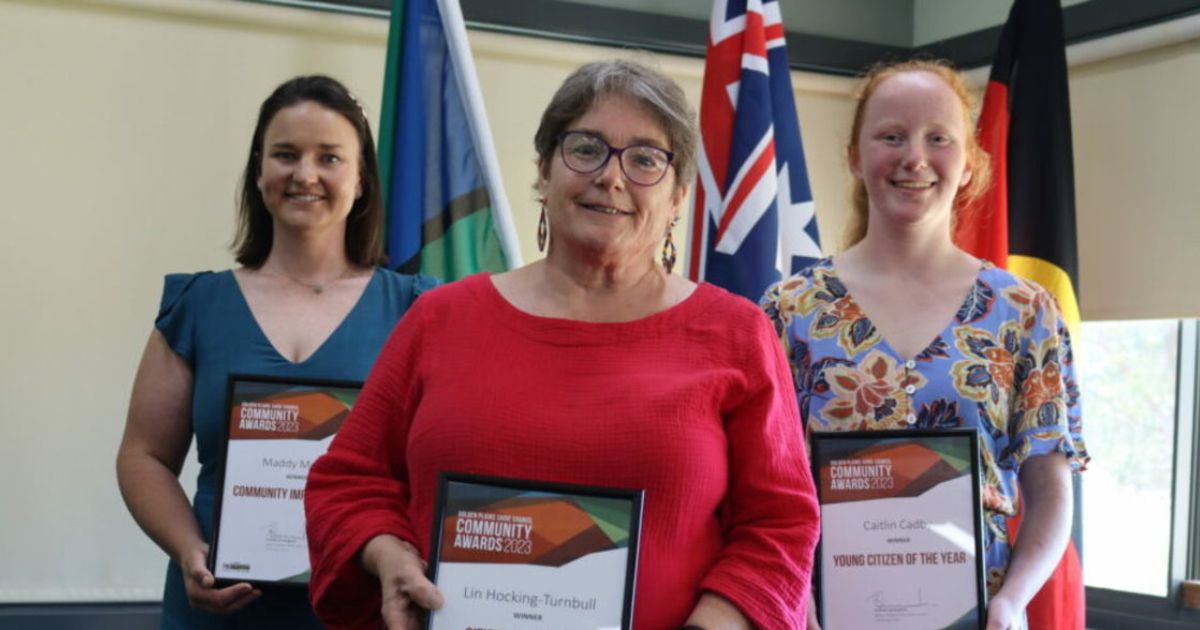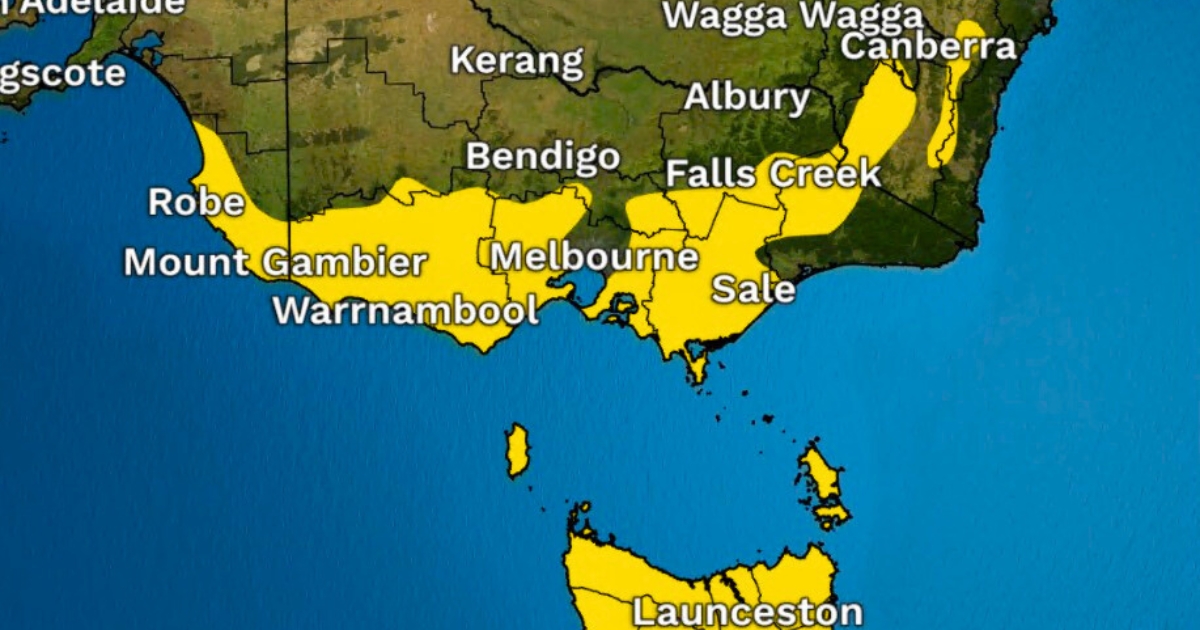It was a buzzy year for honey bee and pollination research
THE AgriFutures Honey Bee & Pollination Program continues to support research that ensures a productive Australian beekeeping industry, and secures the pollination of our agricultural sector.
Australia’s 12,400 beekeepers are one-step closer to breeding varroa-resistant bees and trapping the serious and pervasive small hive beetle (SHB), as a result of industry’s ongoing investment in a robust research, development and extension (RD&E) program.
AgriFutures Australia works with industry to deliver research and development outcomes.
It works in partnership with the AgriFutures Honey Bee & Pollination Program Advisory Panel to determine research priorities and make investment decisions.
The collaboration continues to deliver positive benefits for the industry, according to newly appointed AgriFutures Honey Bee & Pollination Manager Research, Annelies McGaw.
She believes the resilience of Australia’s beekeepers is reflected in the dynamic RD&E program.
“Australian beekeeping is valued at $98 million, but its contribution to agriculture and the national economy is far greater,” Ms McGaw said.
“The RD&E Program addresses a number of key risks facing the industry including exotic pests and disease, economic pressures and reduced access to areas of native flora. We have 12 unique R&D projects underway that range from increasing the value of Australian honey as a health food to the probiotic development for bees by analysing gut bacteria in healthy bees, to name just a few.”
One of the year’s highlights was the findings of a three-year study into the SHB, led by Queensland researcher Dr Diana Leemon, which found that a lantern trap, together with a simple yeast based attractant, could effectively intercept and trap the SHB before it reached an apiary.
As the largest and leading apiary pest in warm, damp regions of eastern Australia, the SHB costs the industry $11 million on average per year. The project included the most comprehensive economic analysis of SHB ever undertaken, and provided an outcome for industry to help manage the pest.
A recent review by the University of Melbourne’s Dr Kale Sniderman found that the pollen content of most Australian honeys was distinctive at a global scale and that pollen analyses enabled our honeys to be identified and certified as produced in Australia.



















